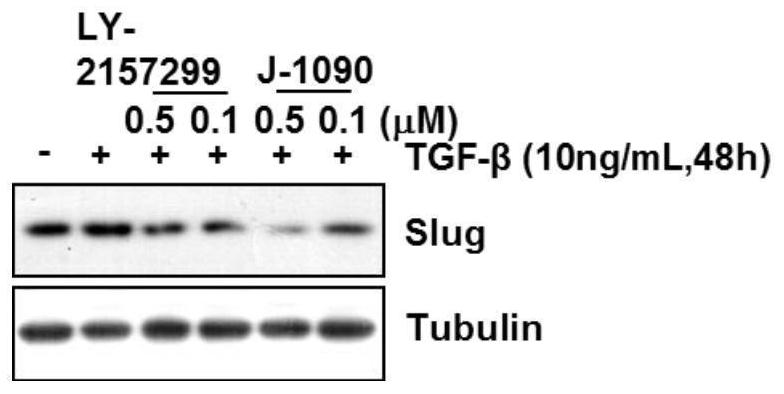Imidazole derivative containing indazole structure as well as preparation method and application thereof
A technology of imidazole derivatives, applied in the field of imidazole derivatives and their preparation, can solve the problem of low level of mesenchymal characteristics, and achieve excellent results
- Summary
- Abstract
- Description
- Claims
- Application Information
AI Technical Summary
Problems solved by technology
Method used
Image
Examples
preparation example Construction
[0082] The present invention also provides a preparation method of the imidazole derivatives described in the above technical scheme, comprising the following steps:
[0083] 1) Mixing the compound shown in formula A with an organometallic lithium reagent or a Grignard reagent for an ion exchange reaction to obtain a compound substituted by lithium or a Grignard reagent, and performing an addition reaction with anhydrous DMF on the compound substituted by the lithium or Grignard reagent, Obtain 1H-indazole-5-carbaldehyde; The X is a halogen element;
[0084]
[0085] 2) Mix 1H-indazole-5-carbaldehyde with diphenyl (6-methylpyridin-2-yl)-aniline methyl phosphate, carry out condensation reaction under alkaline conditions, add acid for hydrolysis reaction, and obtain 2-(1H-indazol-5-yl)-1-(6-methylpyridin-2-yl)ethanone;
[0086] 3) 1-methyl-1H-indazole-5-formaldehyde and aniline are carried out condensation reaction to generate imine compound, and described imine compound and...
Embodiment 1
[0153] Preparation of compound 2
[0154] 6.00 g of 5-bromo-1hydro-indazole (compound 1, 30.46 mmol) was taken into a 250 mL round-bottom flask, and 120 mL of tetrahydrofuran was added thereto to dissolve the raw materials. After the solution was cooled at -50°C for 20 min, n-butyllithium (48 mL, 76.15 mmol) was slowly added dropwise at this temperature and stirred for 2 h. Anhydrous DMF (4.7 mL, 60.92 mmol) was added at this temperature and stirring was continued for 30 min. The reaction mixture was quenched with water and left at room temperature. The reaction solution was extracted three times with ethyl acetate, and the organic phases were combined. The combined organic phases were washed with saturated brine solution, dried over anhydrous sodium sulfate, filtered, evaporated to dryness under reduced pressure, and subjected to silica gel column chromatography (petroleum ether / ethyl acetate=4:1) to obtain solid compound 2.
[0155] Compound 21H-Indazole-5-carbaldehyde
...
Embodiment 2
[0159] Preparation of compound 3
[0160] Take 5.20 g of compound 2 (35.58 mmol) into a 250 mL round-bottomed flask, add a 4:1 mixed solvent of tetrahydrofuran and isopropanol (100 mL) to it, stir well, and then add diphenyl (6-methylpyridin-2-yl) )-anilino methyl phosphate (20 g, 46.25 mmol) and cesium carbonate (15 g, 46.25 mmol) were reacted at room temperature for 12 h, the solution changed from colorless to pale yellow, and became clear and cloudy. Then, 1N HCl (150 mL) was added, and the solution became clear from turbidity. The reaction was stirred at room temperature for 1 h, then methyl tert-butyl ether (75 mL) was added, and the reaction was stirred for 30 min. The water and methyl tert-butyl ether layers were separated with a separatory funnel, and the aqueous layer was washed with saturated NaHCO in an ice-water bath. 3 The pH of the solution was adjusted to neutral. The reaction solution was extracted three times with ethyl acetate, and the organic phases were c...
PUM
 Login to View More
Login to View More Abstract
Description
Claims
Application Information
 Login to View More
Login to View More - R&D
- Intellectual Property
- Life Sciences
- Materials
- Tech Scout
- Unparalleled Data Quality
- Higher Quality Content
- 60% Fewer Hallucinations
Browse by: Latest US Patents, China's latest patents, Technical Efficacy Thesaurus, Application Domain, Technology Topic, Popular Technical Reports.
© 2025 PatSnap. All rights reserved.Legal|Privacy policy|Modern Slavery Act Transparency Statement|Sitemap|About US| Contact US: help@patsnap.com



